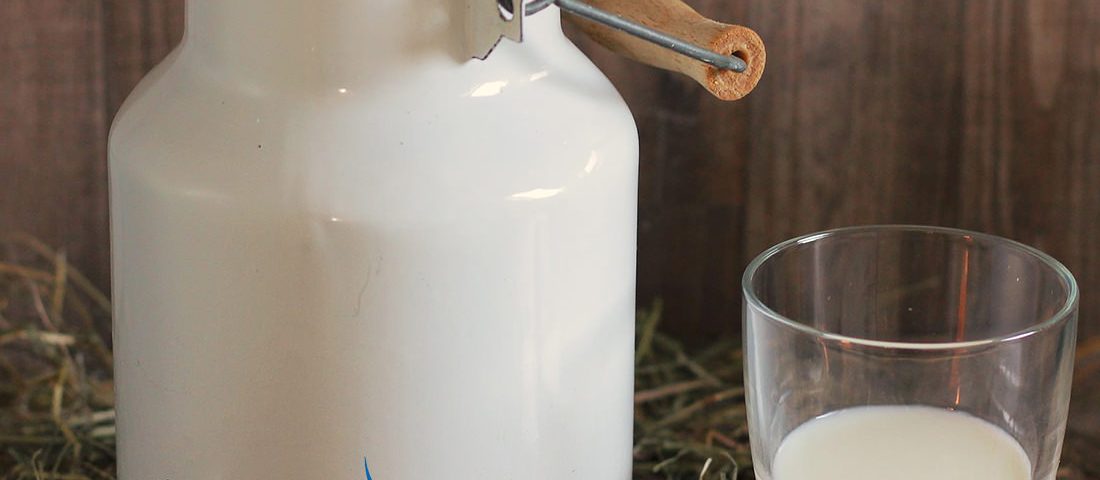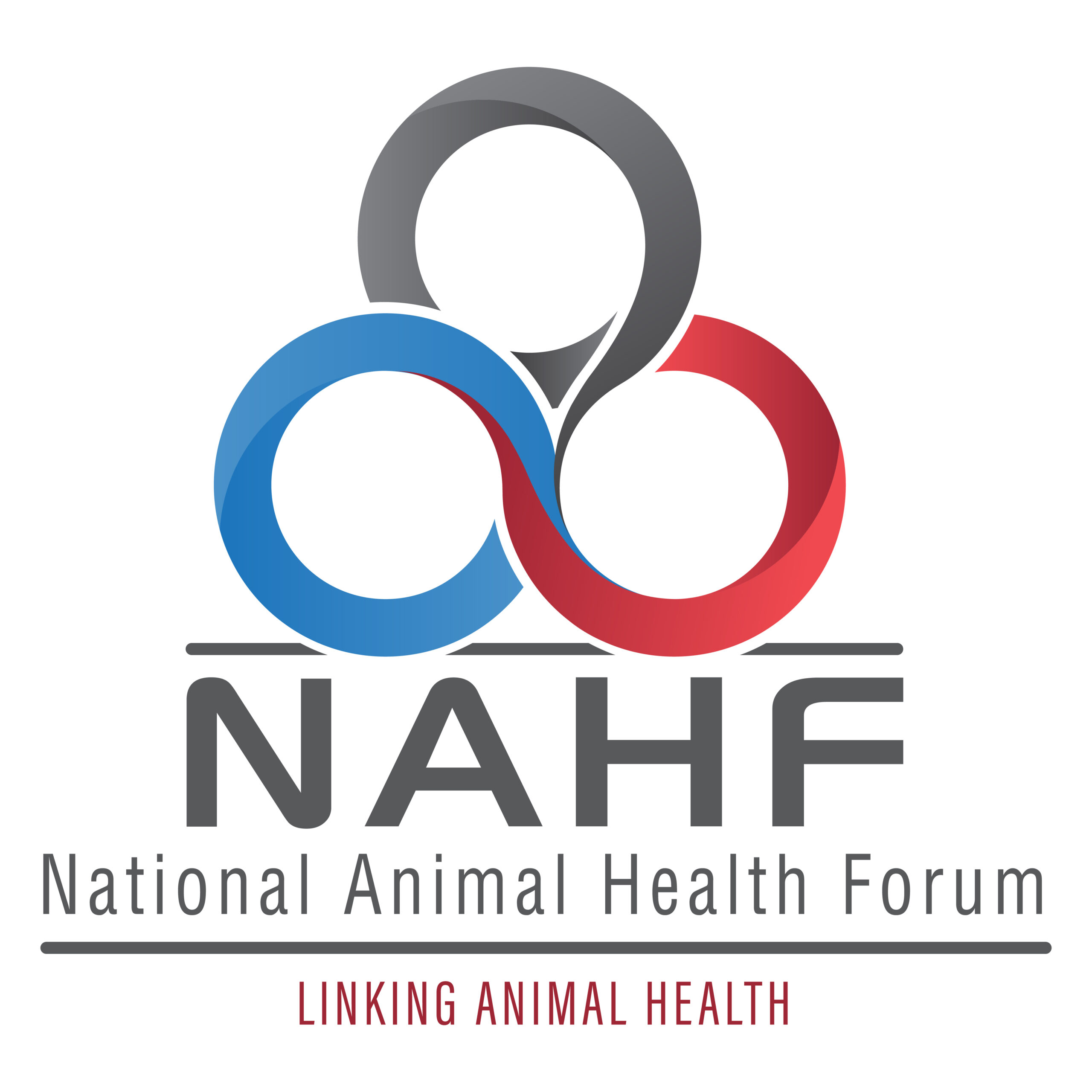
The objective of this study was to compare the reproductive performance of cows inseminated based on automated activity monitoring with hormone intervention (AAM) to cows from the same herds inseminated using only an intensive timed artificial insemination (TAI) programme. Cows (n = 523) from three commercial dairy herds participated in this study.
To be considered eligible for participation, cows must have been classified with a body condition score of at least 2,50, but no more than 3,50, passed a reproductive tract examination, and experienced no incidences of clinical, recorded metabolic diseases in the current lactation. Within each herd, cows were balanced for parity and predicted milk yield, then randomly assigned to one of two treatments: TAI or AAM. Cows assigned to the TAI group were subjected to an ovulation synchronisation protocol consisting of presynchronisation, Ovsynch, and Resynch for up to three inseminations. Cows assigned to the AAM treatment were fitted with a leg-mounted accelerometer (AfiAct Pedometer Plus, Afimilk, Kibbutz Afikim, Israel) at least 10 days before the end of the voluntary waiting period (VWP) for the herd. Cows in the AAM treatment were inseminated at times indicated by the automated alert system for up to 90 days after the VWP. If an open cow experienced no AAM alert for a 39 ± seven days period (beginning at the end of the VWP), hormone intervention in the form of a single injection of either PGF2α or GnRH (no TAI) was permitted as directed by the herd veterinarian. Subsequent to hormone intervention, cows were inseminated when alerted in estrus by the AAM system. Pregnancy was diagnosed by ultrasound 33 to 46 days after insemination.
Pregnancy loss was determined via a second ultrasound after 60 days pregnant. Timed artificial insemination cows experienced a median 11,0 days shorter time to first service. Automated activity-monitored cows experienced a median 17.5-days shorter service interval. There was no treatment difference in probability of pregnancy to first AI, probability of pregnancy to repeat AI, pregnancy loss, time to pregnancy, or proportion of pregnant cows at 90 days past the VWP. Based on these results, inseminating cows using AAM with hormone intervention can achieve a level of reproductive performance comparable to TAI. Considering the strict cow selection criteria used in this study, interpretation of results for on-farm implementation should be performed cautiously; the results cannot be directly extrapolated to whole herds of cows.
* Department of Animal and Food Sciences, University of Kentucky, Lexington, KY 40546
J Dairy Sci February 2016
Vol. 99, No. 2, pp. 1506-1514
K. Dolecheck*, W. Silvia, G. Heersche Jr., C. Wood, K. McQuerry, J. Bewley
Published on Tuesday, 22nd March 2016 - 13:33
Recent Posts
disclaimer









